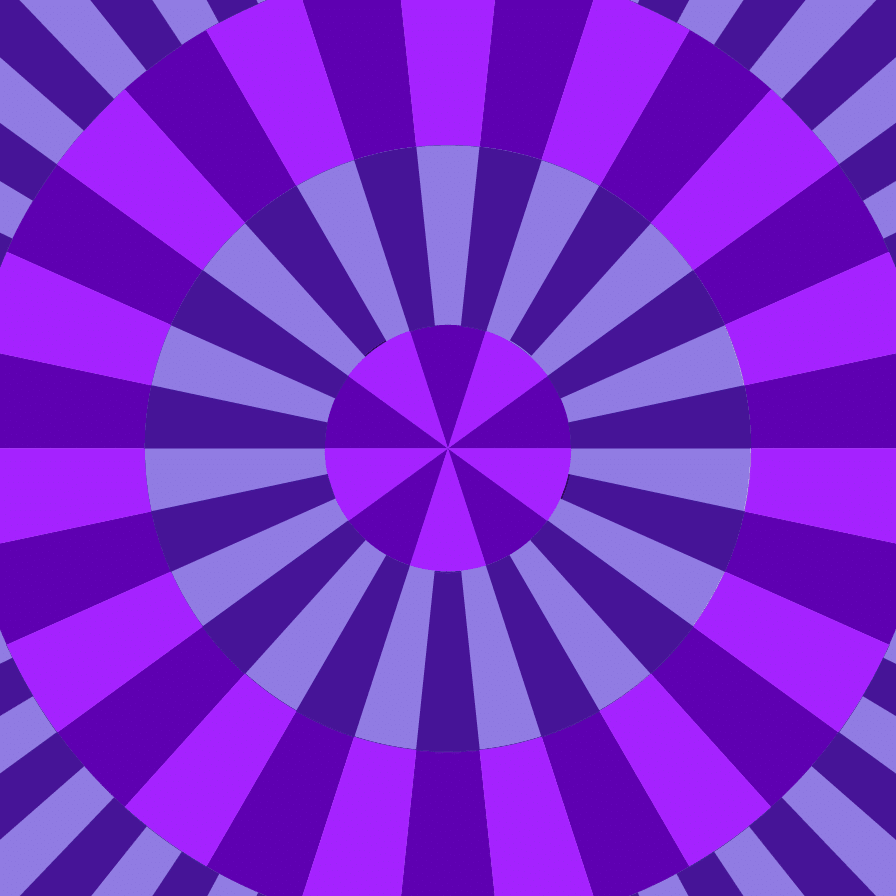Subscribe to Our Newsletter
Welcome to part 1 of our 3-part series on the archetypes of Carl Jung and how B2B brands can apply the 9 most relevant to illuminate their brand identities. We explore what archetypes are, how to identify your brand’s archetype, and how to apply it across the brand experience to connect with the people who matter most.
A brand is much more than a logo or a tagline. It’s the cohesive combination of what the brand stands for, what it says and what it does. To truly come to life and create value, a brand needs dimension beyond the 2D world of its verbal and visual identity; it needs to live in the everyday experiences it creates as you engage with your audiences.
Similarly to people, brands have a driving force that makes them tick: a unique identity. Yet many brands struggle to identify their credible, authentic selves, let alone express it in a way that resonates with their audiences. To help our clients tap into their identities and build stronger B2B brand strategies, we often turn to the archetypes defined by famed psychologist Carl Jung.
Viewing the business through the lens of Jung’s work can be a game changer, leading us to:
- B2B brand positioning that differentiates your business meaningfully in competitive markets
- The compelling B2B brand promise you can fulfill in every interaction with every audience that matters
What are Jung’s archetypes?
The word archetype originates from the Greek words archein and typos—meaning “original pattern.” An archetype represents a universal character type that embodies certain personality traits and behaviors. Archetypes can be used to identify the core characteristics that define people—or, in the context of branding, a company’s unique identity. Most brands (and people) have elements of many archetypes in their personalities, but one or two usually rise to the top.
When he created his 12 archetypes, Jung based his work on the human psyche and common behaviors. He surely wasn’t focused on branding at the time! But as you’ll see, his archetypes can be a powerful tool for helping companies better understand their identities.
9 unique ways to define a brand
Now let’s explore our first three Jung archetypes and how they’ve been used in the past to build compelling, high-impact brand identities.
NOTE: While Jung developed a total of 12 archetypes, this series focuses on the 9 most relevant for B2B brands. There are certainly brands that are mischievous Jokers, seductive Lovers, and the Everyman, but we find that these three archetypes don’t usually apply.
The Magician
From Harry Houdini to David Copperfield and Criss Angel, the role of the magician is to leave audiences reveling in bewilderment and awe. And there is no greater magician than Disney. From the iconic Mickey Mouse—literally clad in a magician’s traditional white gloves—to the appropriately named Magic Kingdom theme park, Disney continuously creates a sense of wonder and amazement felt by each person who experiences the brand.
Magic isn’t just for consumer brands. After all, many B2B brands emphasize their visionary nature or their drive to transform. For example, we helped a professional services brand find its own magical power: the consistent ability to anticipate how the industries they serve were evolving and what their clients would need next. With an understanding of this “magical” role in their customers’ lives, our client was able to elevate its unique value proposition.
The Hero
When a challenge feels insurmountable or all hope seems lost, the Hero is there to save the day. This archetype, known for strength and determination, helps make the impossible possible. Whether they are the hero or empower others to become heroes, brands like FedEx and Nike help their customers overcome obstacles and gain confidence to get the job done.
ICF, a global management consulting firm, had always thought of itself as a thought leader with a creative bent. However, through our workshop explorations and research, leadership realized that the business’s true role was making clients the heroes. Whether reinvigorating an entire country’s tourist economy, inspiring millions of smokers to quit, or making energy conservation second nature on two continents, ICF continuously empowered its clients to make big things possible.
The Outlaw
The word may conjure up images of bad boys riding their Harleys, but there’s much more to Jung’s Outlaw. Unafraid to reject society’s conventions, Outlaws embrace risk-taking and discover fresh ways of doing things.
Virgin America, determined to make flying fun again, flipped the staid airline industry on its head. With purple onboard mood lighting and cushy leather seats, a customized boarding pass (thoughtfully designed to fit your wallet), and an energizing “safety dance” video that completely reinvented the traditional FAA-required safety demonstrations, Virgin America took an outlaw stance against ordinary airline behavior. And while Virgin America was acquired by Alaska Airlines, Virgin America’s sister company, Virgin Atlantic, ensures this spirited legacy lives on.
In part 2 of our series, we’ll delve into three more Jungian archetypes to consider as you identify the role your brand plays in the lives of your customers.
Want to discuss how Jung’s archetypes can help you build a brand that differentiates you authentically? Contact us.
Originally published January 14, 2021.



